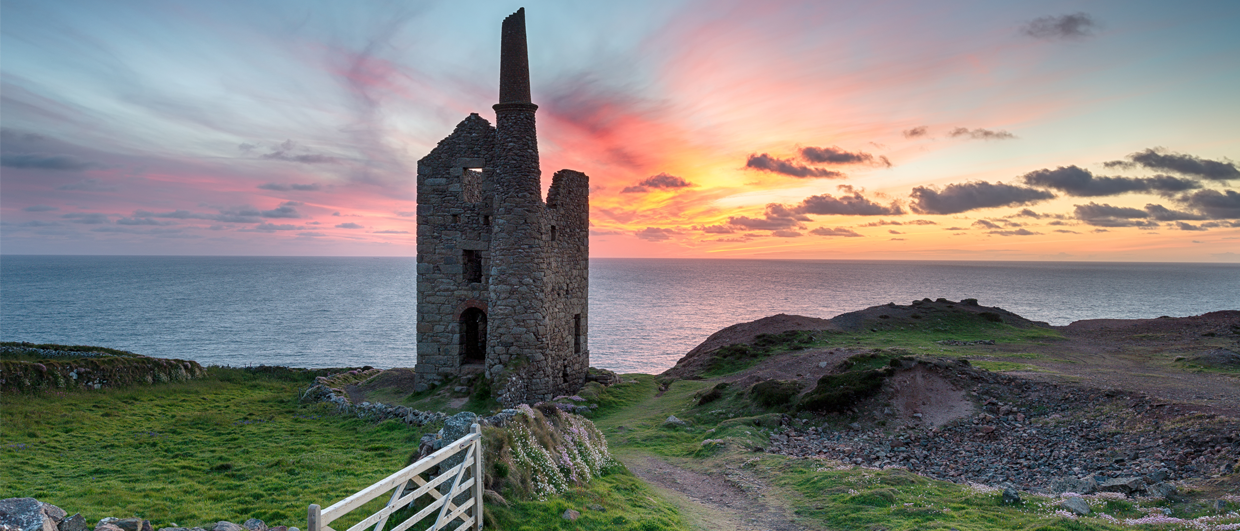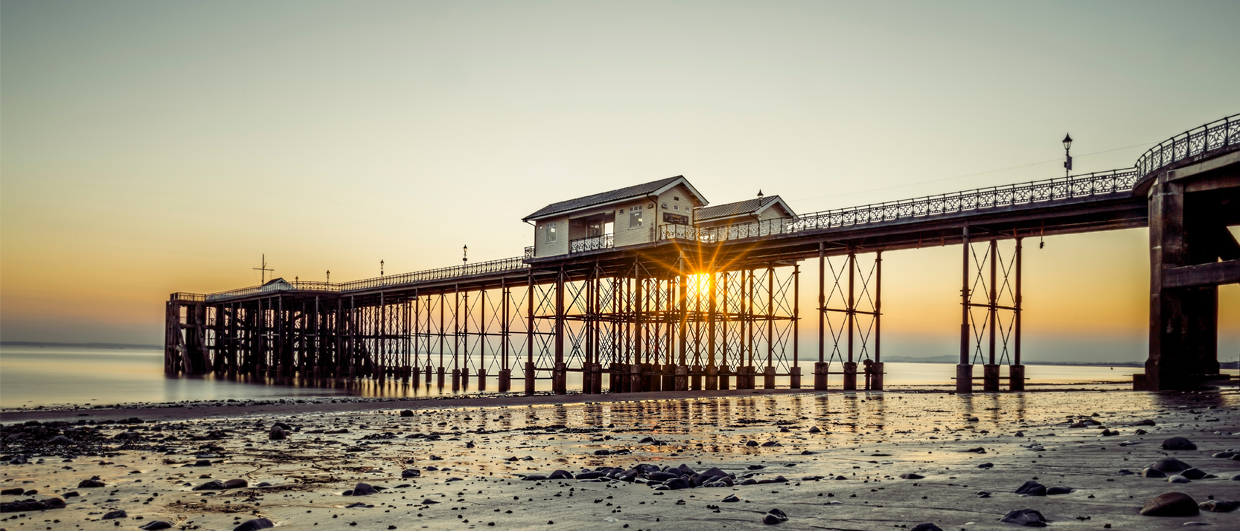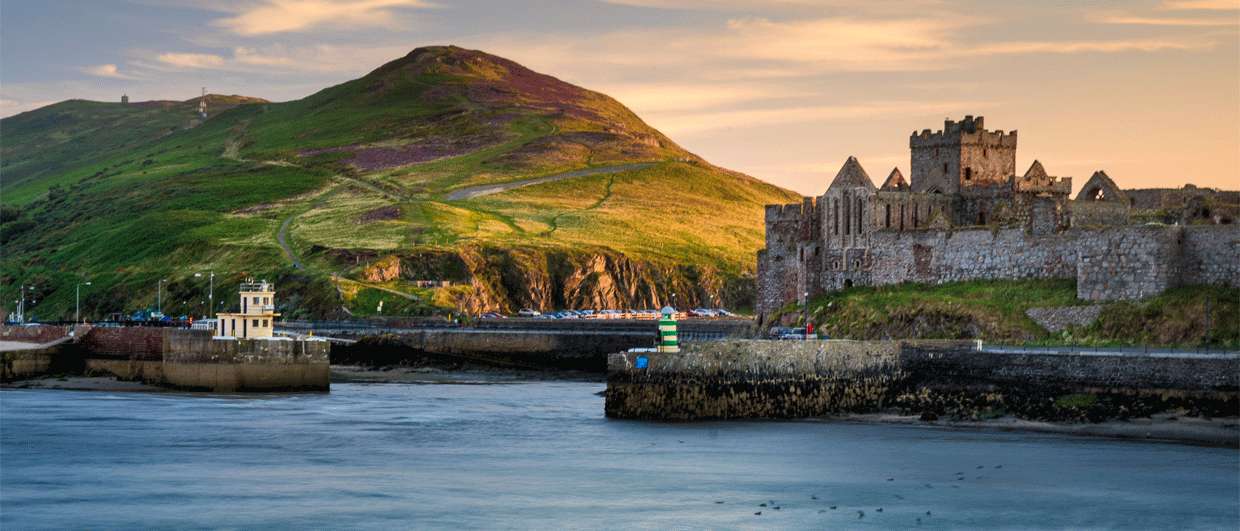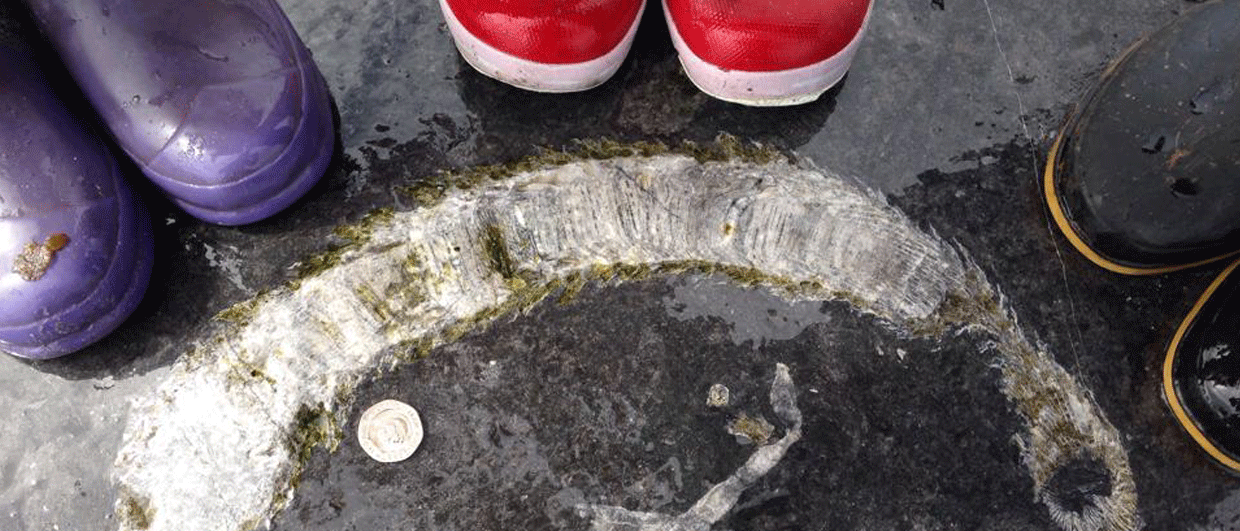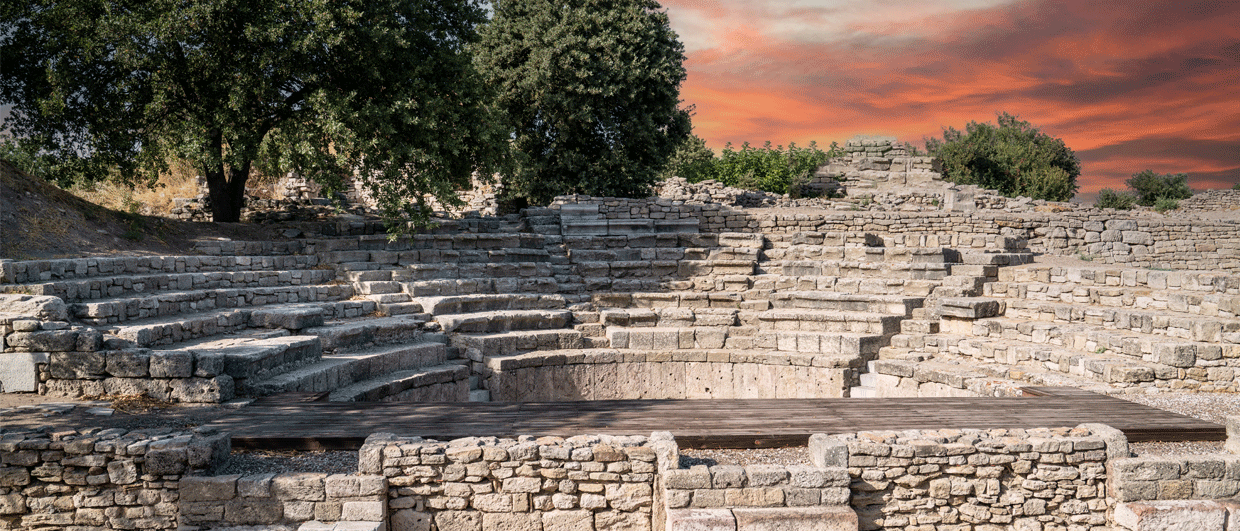Britain has strong, quiet, ancient communities on its further reaches: Norse Shetland, Gaelic and Doric Scotland, Wales, the Isle of Man, and Cornwall at the southwest tip. All connected by primeval, migratory and trading routes, and then onwards to their Irish, Breton, and Basque brethren.
This July, I was invited to assist in a project in Cornwall, currently (forgive me here) the hotbed of UK geothermal energy: Various projects, companies and government support.
I’ve always been unashamedly pro– Oil & Gas, never tempted to intentionally “pivot” to the energy transition. Yet, in recent years, I have worked on hydrogen, helium, gas storage, CCS, and wind farms, and now geothermal and lithium.
I flew into tiny Newquay from Zurich, puzzled as to why such a flight existed: Cornish surfers requiring secretive banking? Cuckoo-clock artisans needing to de-stress on windy beaches? The approach across the Cornish peninsula revealed the swatch-chart of flooded pools of St Austell: Turquoise and teal, celadon and cornflower. Remnants of Cornwall’s world-class geo-resource China-clay… or to you and me, kaolinite.
St Austell lies above the vast Upper Carboniferous (c. 280 Ma) Cornubian granite batholith. Biotite, tourmaline and lithium (zinnwaldite) rich compositions, fine-grained to pegmatitic. Hydrothermal greisenisation turning hard rock into a friable, easily quarried matrix containing the prized, fine-grained kaolinite.
Zinnwaldite takes its name from the German town Zinnwald-Georgenfeld: “Zinn” is German for tin. The adjacent Czech town is Cínovec: “Cín” is Czech for tin. Tin was the ore, and tin-mining the industry, that made Cornwall a global heavyweight in the 18th and 19th centuries.
However, Cornish tin mining and trade reach back to the Bronze Age. Pliny the Elder (23–79 CE) refers to the Cassiterides, the “tin islands,” from the Greek kassiteros. Previously, the Greek explorer Pytheas of Massalia (c. 350 BCE) had visited Britain and described its tin and lead trade. Those Celtic routes allowed Cornish tin to be traded right across Europe, and we may rightfully dream that it was used in the bronze armour of Perseus, Patroclus, Paris and Priam.
Each day, our lunch, as for bygone miners, was a Cornish pasty: Shortcrust pastry filled with diced beef, potatoes, swede, and onions. The characteristic crimp allowed miners to hold an entire meal – or Cornish croust – with hands ingrained with mud, filth, and metal ore.
We Celts are a superstitious bunch, embodying every aspect of nature with the supernatural, from anemones to zephyrs. A delightful folkloric extension to such lunchtime practicality was that miners, to ensure good luck, tossed the last piece to appease the piskies, or more specifically, in the mines, the knockers or bucca-boos. These small goblinesques lived underground and may benevolently warn or malevolently mislead the miners. Mythological good luck? Or was tossing the final contaminated corner simply a way of avoiding potential poisoning?
Today, lithium-rich mica, in pegmatites or brines, offers Cornwall a new geo-resource, a resource standing on the shoulders of kaolinite and tin. The question is, will the new wave of miners be wise enough to continue to respect eldritch and primeval traditions and offer tribute to the Cornish piskies?

